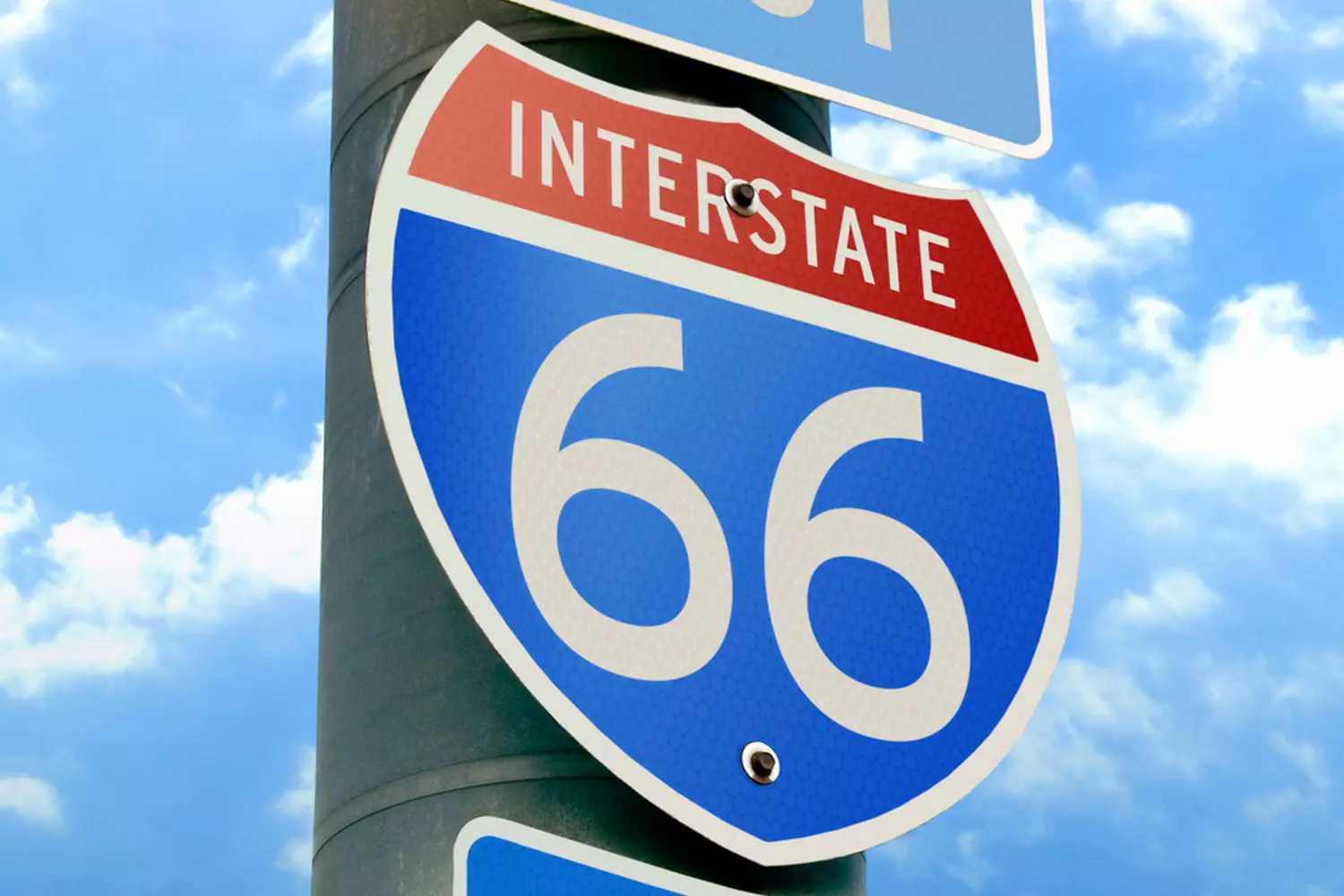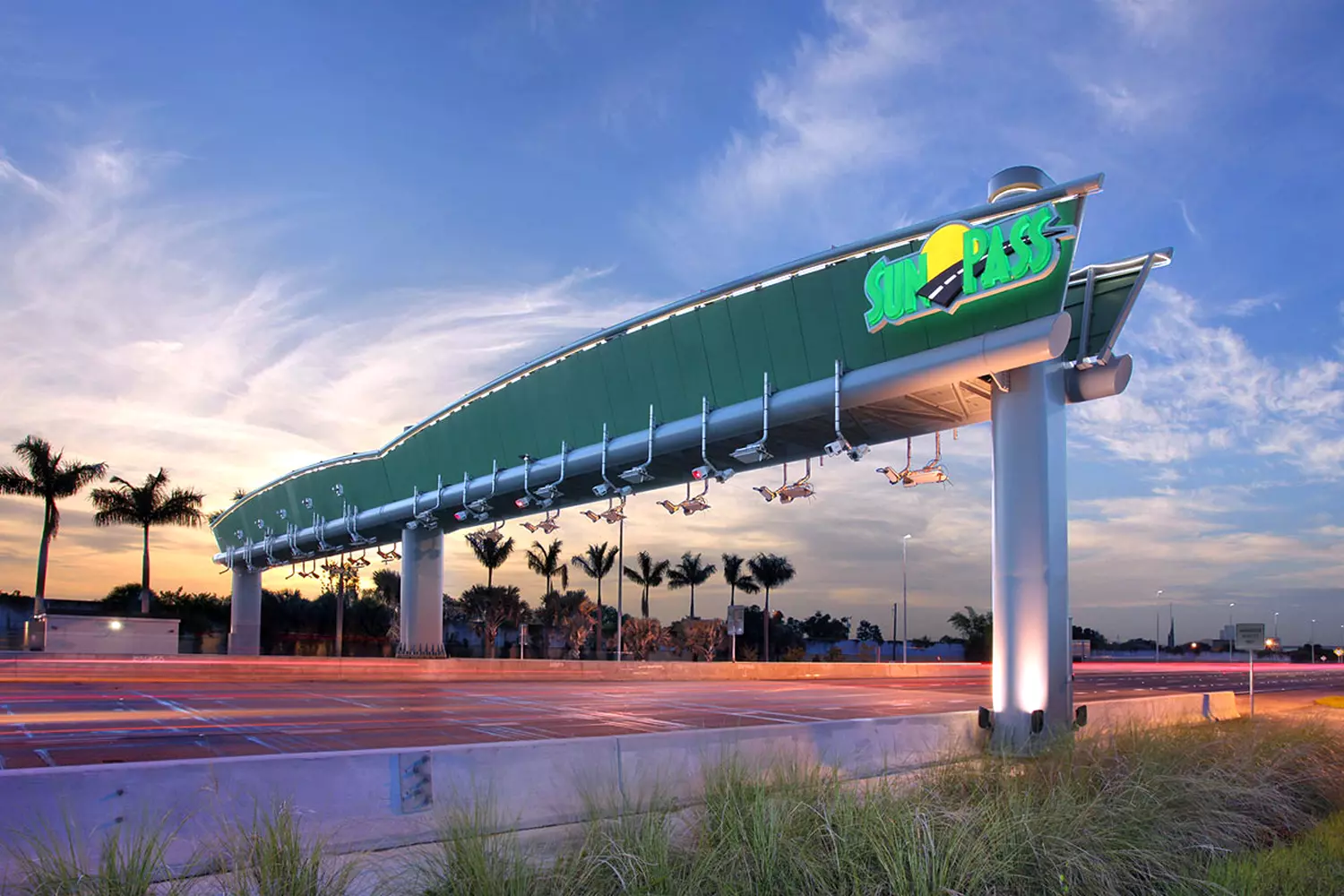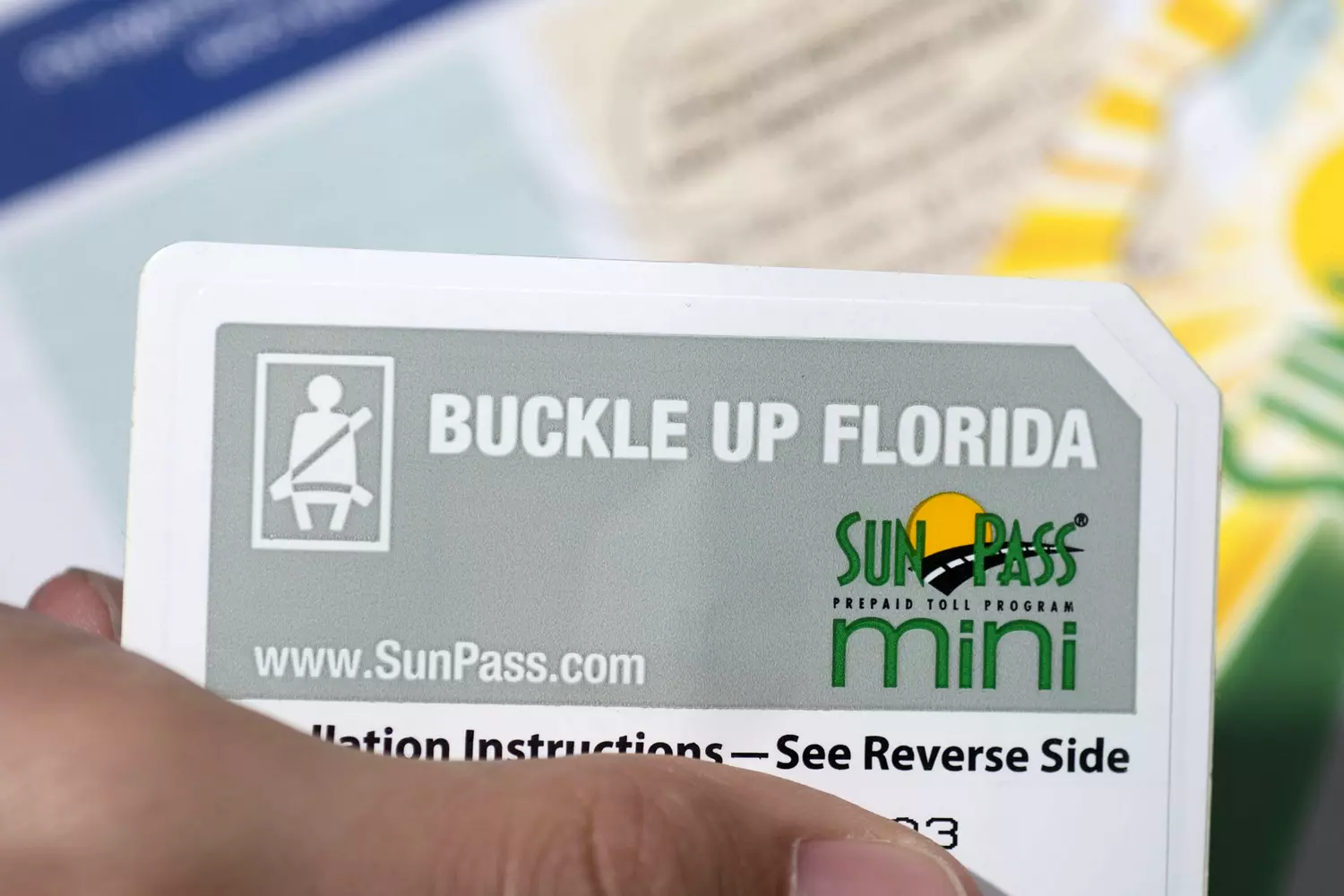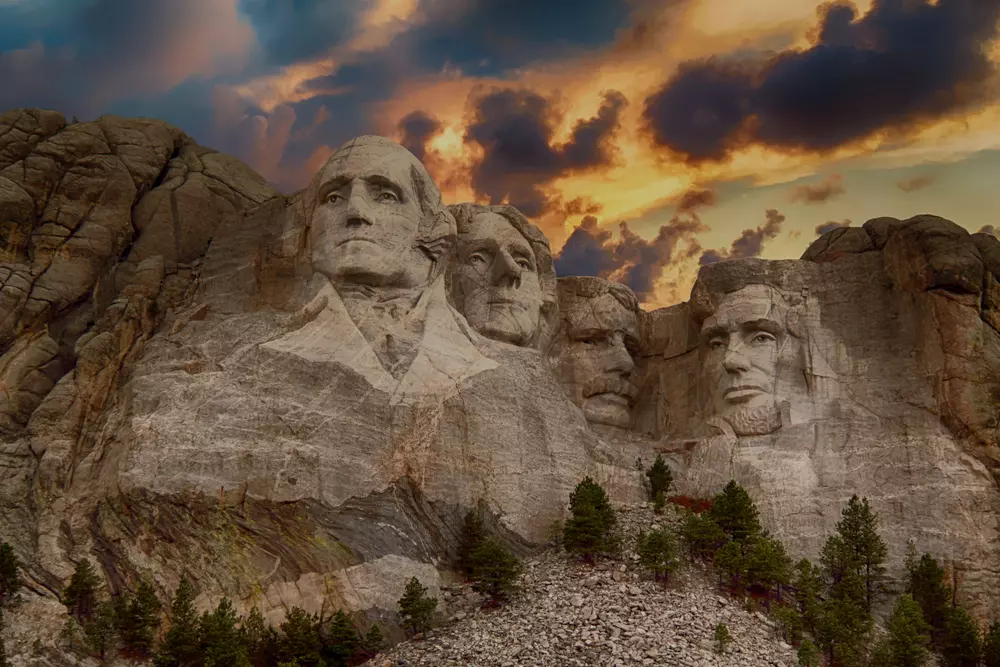What You Need to Know About American Roads
The United States boasts the most developed automotive infrastructure in the world. With 10% of the world’s roads, the U.S. holds the record, placing ahead of countries like Russia, India, China, and Brazil.
Over the course of more than a century, two major highway systems have developed, crisscrossing the country:
- US Routes;
- Interstate Highway System.
The US Routes system was established first, in 1926, and you’ve likely heard of at least one of its roads — Route 66, also known as the “Mother Road.” Read on to learn all about U.S. roads, how to distinguish between them, and how this infrastructure evolved.

The system may seem a little complicated. But one has only to delve a little into the intricacies of highways with toll roads, and you can freely circle at least the whole of America.American Butler
History of Major U.S. Highways
The history of American roads predates modern automobiles. In the early 19th century, the first major roads were laid down to connect the East Coast with interior regions. The first comprehensive road system across the country was officially initiated with the Federal Aid Road Act of 1916, which provided funds to states for road construction over five years.
World War I disrupted these plans, leading to limited progress during that period. However, road construction resumed with even greater intensity afterward. The introduction of highways in 1926 eventually led to the realization that growing traffic demanded a more advanced road network.
In the late 1930s, President Franklin D. Roosevelt initiated the creation of a comprehensive map of U.S. highways. By 1956, construction of the Interstate Highway System had begun, formally concluding in 1992, although the system continues to be refined and expanded. The Interstate Highway System was designed not only to improve transportation but also for defense purposes, ensuring rapid troop and equipment movement across the country during the Cold War.
Structure and Features of American Highways
The U.S. highway system includes several types of roads:
- Interstate Highways
Federal highways that span the country. They are marked by blue shields with white numbers and typically have multiple lanes in each direction. These roads often bypass cities, allowing for faster travel with fewer stops. - US Routes
These federal highways can pass through towns and cities, providing alternative routes to Interstates and playing a significant role in the nation's transportation network. - State Highways
Managed by state governments, these roads can range from major highways to local roads. They are usually marked with numbers on white or black signs. - County Roads
Local roads managed by counties, which can be either paved or unpaved.
Markings and Rules on American Roads
One of the standout features of American roads is the clear and consistent signage system. Each type of road has a specific set of markers, making navigation straightforward for drivers. For example, Interstate roads are numbered, with even numbers running east-west and odd numbers running north-south. Main highways are typically identified by two-digit numbers, while their branches are given three-digit numbers.
Road signs in the U.S. are universally understood. White signs with black symbols indicate mandatory regulations, such as speed limits, while green signs provide directional information, and yellow signs warn of potential hazards.

Differences Between Highways and Interstates
The most significant network of roads in the United States is the U.S. Numbered Highway System. This national network of highways and roads, fully operational by 1926, remains relevant today. Although it is no longer the primary road system, it still provides access to important regional destinations.
The most relevant road system in America today is the Dwight D. Eisenhower National System of Interstate and Defense Highways, established in 1956. This system, second only to China's expressway network, was originally intended to improve military mobility to airports and other critical transport hubs. Urban legends even suggest that every fifth mile of an Interstate must be perfectly straight to serve as an emergency landing strip for aircraft. But it also helps, for example, during disasters: if people use it when leaving after a hurricane, then the entire highway is made one-way.
Highways and Interstates are both types of roads in the United States, but they have different characteristics and purposes.
Highways
- General Concept
In the U.S., the term "highway" is used to describe any significant road that connects cities, regions, and states. This can include everything from regular roads to high-speed expressways. - Types of Roads
Highways can range from multi-lane highways to narrow rural roads. - Federal and Local
Highways can be part of the national, state, or local road networks, serving both regional and local transportation needs. - Numbering and Designation
Highways can have different designations and numbering systems depending on their location and significance.
Interstates
- Part of the Federal Network
Interstates are part of the federal Interstate Highway System, which was established in 1956 to ensure fast and safe travel between states. - Characteristics
Interstates are high-standard roads, usually with multiple lanes in each direction, barriers, and interchanges to prevent collisions. They often have minimal traffic lights and intersections. - Numbering and Direction
The numbering system for Interstates is specific: even numbers run east-west, and odd numbers run north-south. Shorter Interstates typically serve major cities and may end within a single state. - Funding
Interstates are primarily funded by federal money, which distinguishes them from most highways, which may be funded at the state or local level.
Key Differences
- Function and Purpose
Interstates are designed for high-speed interstate travel, while highways can serve both regional and local traffic needs. - Quality and Structure
Interstates have stricter quality and safety standards compared to regular highways. - Funding and Management
Interstates are federally funded, whereas highways may be funded at the federal, state, or local levels.
Interesting Facts About U.S. Roads
- Historic Route 66
This road, also known as the "Main Street of America," ran from Chicago to Los Angeles and symbolized the quest for a better life for millions of Americans in the 1920s and 1930s. Although officially decommissioned, its routes can still be found on many modern roads.

California National Parks: A Guide to the Best Travel Destinations
Toll Roads and Freeways in the U.S.
There are two main types of roads in the U.S.: toll roads and freeways. They differ in terms of payment methods, service levels, and management.
Toll Roads
- Funding and Maintenance
Toll roads in the U.S. are funded through driver fees, which are used for construction, maintenance, and improvements. - Location
These roads are often found in densely populated areas or on routes with heavy traffic. Many toll roads are part of the Interstate system, though not all Interstates are toll roads. - Payment Methods
Payment can be made via electronic toll collection systems (e.g., SaunPass, E-ZPass), toll booths, or by plate (where a bill is mailed to the vehicle owner after passage). - Advantages
Toll roads are generally better maintained and less congested, offering a quicker and more comfortable driving experience.
Examples of Toll Roads
- New Jersey Turnpike;
- Florida's Turnpike;
- New York State Thruway;
- Chicago Skyway.
Freeways
- Location
Freeways can be found in both urban and rural areas. Most Interstates are free to use, with a few exceptions in major cities, on bridges, or in tunnels. - Features
These roads tend to be busier but are also well-maintained. The absence of tolls makes them attractive to many drivers.
Examples of Freeways
- Interstate 10 from California to Florida.
- Interstate 95 from Maine to Florida, with a few toll sections.
- Route 66 from Chicago to Los Angeles, partially preserved as a historic highway.
Understanding these differences and examples will help you navigate the U.S. road system more effectively and choose the best routes for your travels.
Most highways, with only four small exceptions, are completely toll-free. For Interstates, toll roads are more common, but they do not dominate in number. Toll roads exist in 35 out of 50 states, so avoiding them entirely is difficult. They are least common in the southern and western U.S. Construction of these roads began before the Eisenhower Interstate System was established. They were incorporated into the system mainly because building free alternatives nearby would have been too expensive.
If you're planning any route across the U.S., American Butler can assist you. We’ll help design the perfect tour or trip and assist with car rentals, ensuring that your road experience in the U.S. is seamless and enjoyable.







































